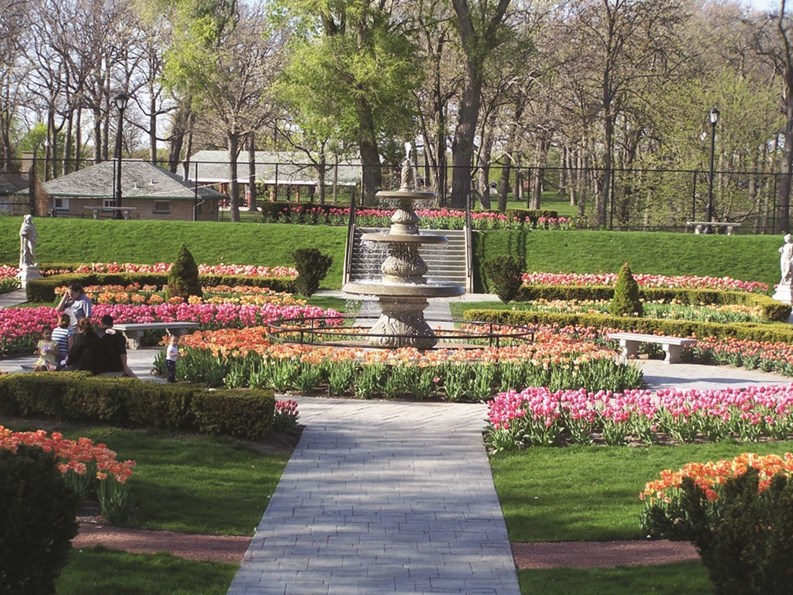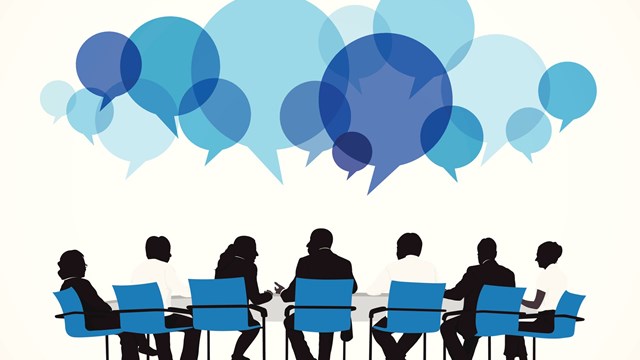Aurora is known as the City of Light, a homage to the fact that the city was the first city in the nation to install electric streetlights. Though overshadowed by its big brother Chicago, Aurora can easily stand toe-to-toe with the Windy City.
The second largest city in Illinois, the 112th largest city in the nation, and once a mid-sized manufacturing city, Aurora has grown tremendously due to urban sprawl during the past 50 years. Aurora itself is the center and heart of an area that includes 10 cities and towns unique in their own charm, yet unified by the flowing Fox River that rolls throughout the valley. With Aurora at the center, other notable communities nearby are Batavia, Big Rock, Hinckley, Montgomery, North Aurora, Plano, Sandwich, Sugar, Grove and Yorkville. Only 37 miles west of Chicago, and easily accessible by highway and public transport, the Aurora area stretches out to parts of Kane, Kendall, Will and DuPage counties and offers savory dining, unique architecture, exciting attractions, shopping, and dozens of other options for a truly unique visitor experience.
In 2012, Aurora is in the midst of several celebrations to mark major milestones and improvements. The city celebrates its 175th anniversary along with 100 years of fresh farmer’s markets. The RiverEdge Park development, a unique entertainment and recreational destination along the river is a catalyst for investment and development. The highly successful Paramount Theatre, a renovated movie palace heads into another year of successful productions of beloved Broadway shows. Expansion at the Hollywood Casino Aurora will create the largest poker venue in Illinois. The award-winning Fox Valley Park District plans to add more amenities and the Chicago Premium Outlets, one of the largest shopping meccas in Illinois, has announced its expansion plans.
Humble Beginnings
All of this exciting development is a long way from Aurora's humble beginnings. Before European settlers arrived, there was a Native American village in what is today downtown Aurora. In 1834, following the Black Hawk War, the McCarty brothers arrived and initially owned land on both sides of the river, but sold their lands on the west side of the river to the Lake brothers who opened a mill. The McCarty's loved and operated a mill on the east side of the river. In 1837, a post office was established which effectively created Aurora, which at the time was essentially two villages, East Aurora, incorporated in 1845 and West Aurora, formally organized in 1854. In 1857, the two towns officially joined and incorporated as the city of Aurora. The two sides couldn't agree on which side of the river should house the public buildings, so as a compromise, most public buildings were built on or around Stolp Island in the middle of the Fox River.
As the city grew, many factories opened bringing workers to settle. In 1856, the Chicago, Burlington and Quincy Railroad located its roundhouse and locomotive shop in Aurora, which became the town's largest employer until the 1960s. Many heavy industries were located on the east side providing employment for generations of European immigrants. Many immigrants flocked to the city, mainly from Great Britain, Ireland, Scandinavia, Luxembourg, Germany, France, and Italy. The combination of these three factors—a highly industrialized town, a sizable river that divided it, and the local shops—accounted for much of the dynamics of Aurora's political, economic, and social history. The city was inclusive and tolerant, and welcomed a variety of immigrants and openly supported abolitionism prior to the American Civil War. Mexican migrants began arriving after 1910. Socially, the town was progressive in its attitude toward education, religion, welfare, and women. The first free public school district in Illinois was established in 1851 and a high school for girls came four years later.
The city was a manufacturing powerhouse until the early 1970s, when the railroad shops, factories and industrial areas relocated or went out of business. By 1980, there were few industrial jobs, and unemployment soared to 16 percent. During the late 1970s and early 1980s, development of the far east side of the city began and while beneficial, the downtown and manufacturing sectors saw steady decline. Crime rates soared and street gangs rose up.
The Hispanic population grew rapidly and several new businesses and industrial parks were established. In 1993, the Hollywood Casino was built downtown, which helped bring the first redevelopment to the downtown area in nearly twenty years. In the late 1990s, more development began in the rural areas and towns outside of Aurora. Subdivisions sprouted up all around the city, and Aurora's population grew. Today, Aurora is a culturally diverse city of nearly 200,000 residents. Historic areas downtown are being redeveloped, and new developments are being built all over the city.
A Renaissance
This development has led to a renaissance creating an exciting and vibrant community, rich in history, diversity and diversions. In addition to the RiverEdge Park development, and the Hollywood Casino, Aurora is home to one of the most impressive architectural collections in the Midwest. Structures by Frank Lloyd Wright, Ludwig Mies van der Rohe, Bruce Goff and George Grant Elmslie can be found here. Additionally, it is home to a large collection of Sears Catalog homes, (more than 50 homes, and yes, you used to be able to buy a house from the Sears Catalog).
Though Aurora is often overshadowed by its bigger brother, this City of Light offers charming homes, a cavalcade of exciting activities, a rich history, but most importantly, a personality befitting a community that’s been around for nearly two centuries. Aurora is certainly a city that should be on your list to visit, and if you like what you see, make as your home.
Liam P. Cusack is the associate editor of The Chicagoland Cooperator.





Leave a Comment